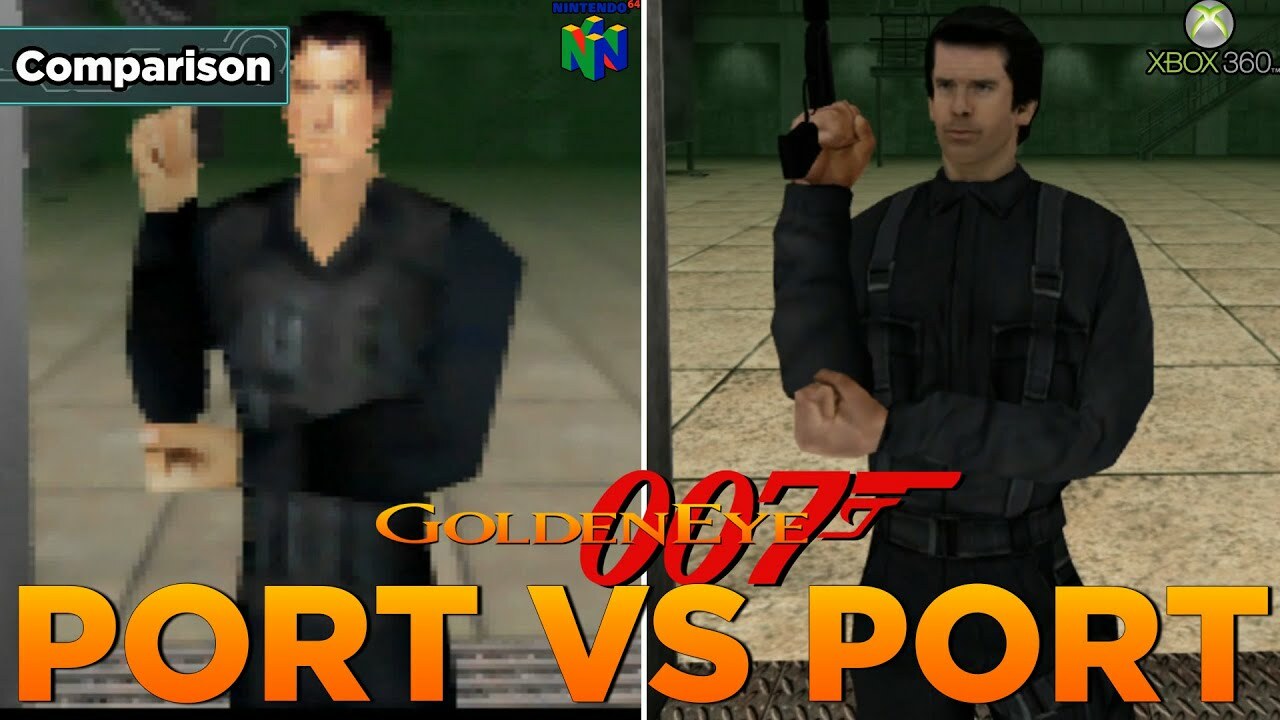Share
If Undying‘s protagonist, Anling Chan Moore, was alone, she’d be fine. Even for a player character in a zombie survival game, Anling is almost supernaturally skilled from the jump. Give her a shopping cart full of the right kinds of random debris and she’d build a drivable battle tank. It’s like she’s been training her whole life for this.
However, Anling’s got her young son Cody with her, and a zombie bite on her arm that’s slowly killing her. It’s not a question of whether Anling will survive this; it’s whether she can teach Cody her survival skills before she goes out.

Suburban Nightmare
Undying (not to be confused with Clive Barker’s Undying or the Dota 2 character) has been on my radar for a couple of years now, since I stumbled across it in a suspiciously well-hidden booth on the E3 2019 showroom floor. It’s a Chinese-Australian joint production by the new studio Vanimals, with a peculiar art style and a subtly melancholy vibe, where you’re picking through the wreckage immediately after the collapse of civilization.
Undying is set in the early 1990s, in an unspecified city, during the early days of a zombie outbreak. Anling and Cody are in a group of civilians being evacuated to safety through the local subway tunnels, but due to a poorly-timed ceiling collapse, they get cornered by zombies. In the ensuing fight, Anling gets bitten protecting Cody.
In a blind panic, she takes Cody back to their old house in the suburbs. It’s a quiet neighborhood, but it’s been looted, so there are almost no supplies to be had. Short-term, Anling has to find enough food, weapons, and clean water for both her and Cody to survive; long-term, she needs to teach Cody how to survive without her, and to find another way to get him to safety.

What initially caught my eye about Undying as a survival game was that you’re the teacher, not the student. Mechanically, Anling comes off like she’s been through something like this at least once before; she’s already a competent car mechanic, weaponsmith, cook, gardener, repairwoman, etc. The only things holding you back at the start of the game are resources and equipment, not knowledge.
Cody, on the other hand, is maybe 10, and knows next to nothing relevant. Whenever you do something in Undying, he’s the one who gets experience points.
Eventually, after some simple starting tasks, you can gradually level Cody up in three categories, which lets him participate in fights, find items you can’t, or work independently on various tasks. When you go out foraging for supplies with Cody in tow, he does have his own health bar and zombies will attack him if they can’t reach Anling, but it’s relatively painless as escort missions go.

By Way of Attrition
The real problems in Undying, as you might expect, are resource scarcity and the passage of time. A single day, from 8 AM to midnight, is maybe 30 minutes long, and travel between areas on the world map will initially eat up an hour or two of that. You have an effective hard deadline of midnight, as after that point, exhaustion will aggravate Anling’s symptoms and force you to rest.
Initially, that’s no big deal, but after a few days, Anling’s infection progresses and starts giving you increasingly irritating debuffs every morning. While most of them that I’ve seen have an additional upside, like faster movement or slow health regeneration, they can also cripple you to the point where you have to rely on Cody to get vital tasks done. Since Cody can only do the simplest jobs by himself at the start of the game—boiling water to sterilize it, shredding old clothes for bandages, etc.—it works to reinforce Undying‘s primary theme: Anling is on borrowed time, and the faster you can turn Cody into a vital member of the team, the better off you’ll be.
That’s further driven home by Undying‘s emphasis on limited supplies. Despite what I’d initially assumed and how a lot of these games tend to be set up, Undying isn’t a roguelike. Each zone on its world map is hand-designed and unique, with limited available resources. You can build a garden and water collector at Anling’s house to get some regenerative food and water, but everything else you use up is gone for good.

Most individual zombies in Undying are unthreatening shamblers from the George Romero school, and it’s often worth taking one out because it might drop something useful, but it costs you something. It might just be a few points of durability off a baseball bat, but it adds up, especially on standard difficulty.
That tension, between the clock ticking down and your supplies constantly diminishing, is what gives Undying most of its impact as a horror game. (The rest, naturally, probably kicks in if you’ve ever been even a little responsible for a kid’s well-being. Undying‘s basic premise is any new parent’s ultimate horror scenario.) Anling can only get worse, Cody is incredibly vulnerable, the city’s infrastructure starts to fall apart around day nine, and every new zone you enter in search of supplies usually has at least one new complication, like a tougher type of zombie.

Undying was originally supposed to enter Early Access last year, but like everyone else, Vanimals’ plans for 2020 didn’t work out. Instead, Undying came out this month on Steam Early Access, where roughly the first half of the game is currently available for play.
As such, it’s still got rough edges, and it’s changed a lot from the E3 demo I saw two years ago. The English translation could use a polish, some of the mechanics (like using items out of your inventory) aren’t particularly intuitive, the combat’s clunky in a way that doesn’t feel entirely deliberate, and its currently-running Halloween event has the unfortunate side effect of making the game a lot tougher.
I also couldn’t blame anyone for noping out on Undying due to its weird art style, where no character has identifiable facial features besides their nose. It ends up making Undying‘s cutscenes look like a zombie-themed stage play acted out with department-store mannequins. I’m not sure what it’s meant to convey.
Even so, Undying is playing by a different set of rules than other horror games on the current market. It’s not scary because of jump scares, sound design, or the use of darkness; instead, it’s effectively playing on themes of sheer desperation. Keep an eye on this one.




